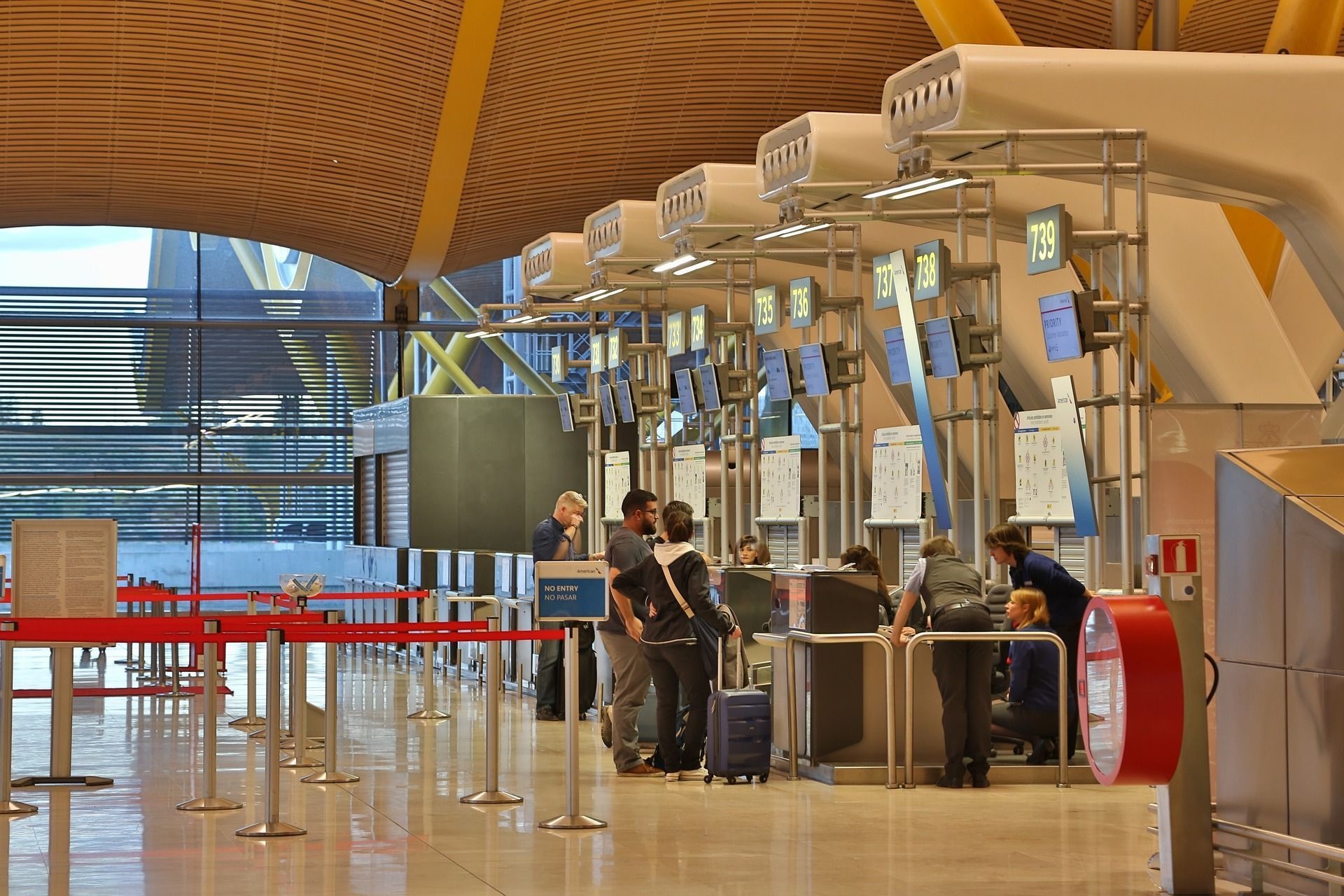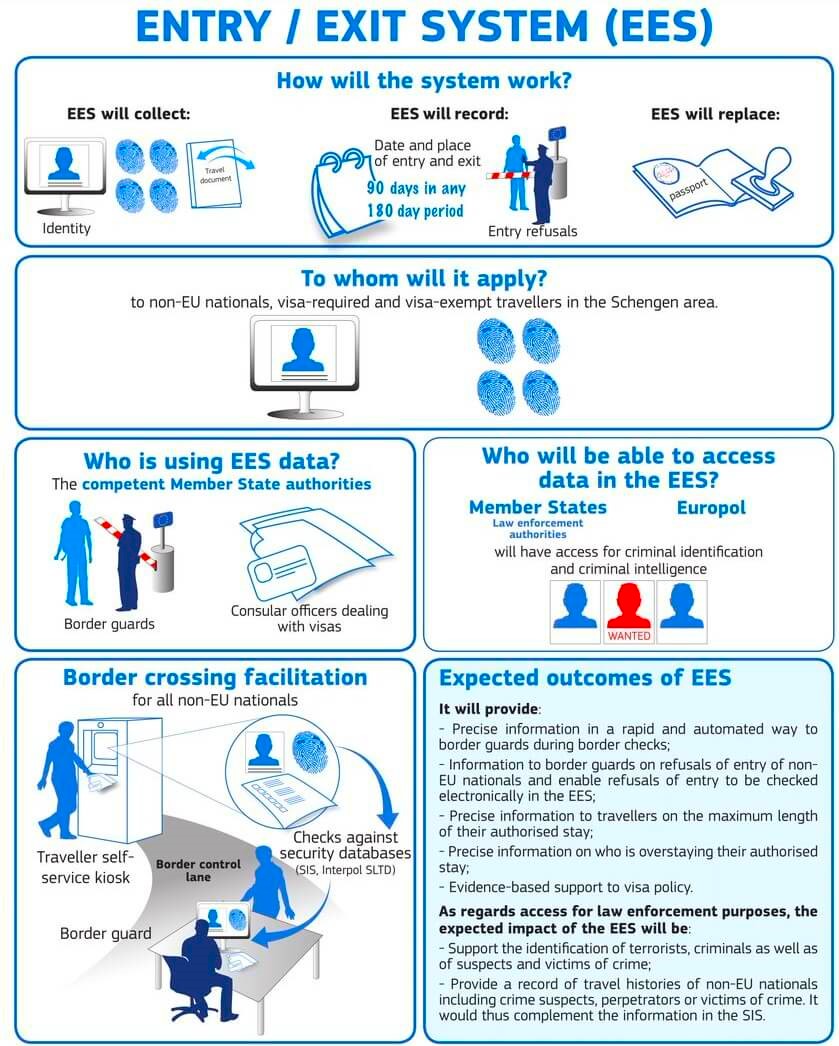


New rules for the travel to the Schengen Area come into force next month. From November the new EU Entry/Exit System (EES), will mean anyone travelling on a UK passport will need to have their fingerprints and photo taken when entering the Schengen area.
The EU Entry/Exit system is a new electronic system that will replace the physical stamping of passports when you go through passport control when arriving in and departing from your destination.
It will register all entries and exits to and from the participating European countries, which basically means it will register your movements every time you cross a border in or out of the EU/Schengen area.
Once the new system is live, when you go through passport control on your arrival to, and departure from your destination, as well as providing your passport you will also need to have a photo of your face taken, and your fingerprints scanned.
TUI has issued a warning to travellers about a change that could result in longer queues at border control. The change is due to the Entry/Exit System (EES), a new digital border system that the European Union (EU) plans to implement from next month.
UK travellers risk being stuck on planes after arriving at European Union (EU) airports once enhanced border checks are introduced, the boss of easyJet said.
easyjet Chief executive Johan Lundgren said airlines being unable to disembark passengers because of congested terminal buildings is a “worst case” consequence of the Entry/Exit System (EES).
The EU Commission announced in August that EES would be launched on November 10, although a further update is expected to be made on Thursday.
Your data is collected and processed in the EES to:
This is required in accordance with Regulation (EU) 2017/2226, specifically Articles 14, 16 to 19 and 23 of Chapter II and Chapter III.

Chief executive Johan Lundgren commented,
"In the worst case you actually can't disembark, you hold people on the plane."
The EES registration will replace the current system of manually stamping passports when visitors arrive in the EU. Although an exact date has not been confirmed, the EU plans to implement the EES from next month.
This will alter the requirements for British nationals travelling to the Schengen area, which includes popular holiday destinations like Spain, France and Italy.
EU residents can travel between these countries without showing their passport, but now that the UK has left the EU, those travelling with a UK passport will need to register biometric details such as fingerprints or a photo upon arrival.
TUI further explained how this new system will affect UK holidaymakers in an update on its website, advising customers that they may face longer waits upon arrival at their destination.
The update stated: "When the EES is operational it's planned that all entry and exit movements will be registered electronically."
"Before you travel, there's nothing different you need to do, the Advanced Passenger Information (API) form you already complete will be used by the airline to send your details. If you choose to check-in at the airport your information will be sent to the EU during the check-in process."
"Upon arrival at your destination, the first time you use it might take a bit longer than usual to pass through border control as your biometric data (face image and four fingerprints) will be collected. Children under 12 years old will not have their fingerprints collected. On the day of travel, in case there are any delays, you may wish to take along extra water to make your airport journey more comfortable."
The EES is a system designed to enhance border security within the EU and its neighbouring countries, and curb illegal migration in the Schengen area. It aims to automate border control checks to help the EU prevent visitors from overstaying.

The UK government has stated that it has been working closely with the European Commission, member states, local authorities and the travel industry to prepare ports for EES.
The government is backing ports and carriers to ensure EES registration is straightforward for people travelling to the Schengen area.
In the month of August, the Department for Transport announced £10.5 million of funding for UK ports where juxtaposed border checks are conducted to support new facilities and technology to deal with EES.
On the upcoming development, easyjet's Mr Lundgren predicted,
“there will be some disruption” from EES as “it is a new procedure”.
He called for the launch to be further delayed unless it is possible for travellers to pre-register before beginning their journeys.
